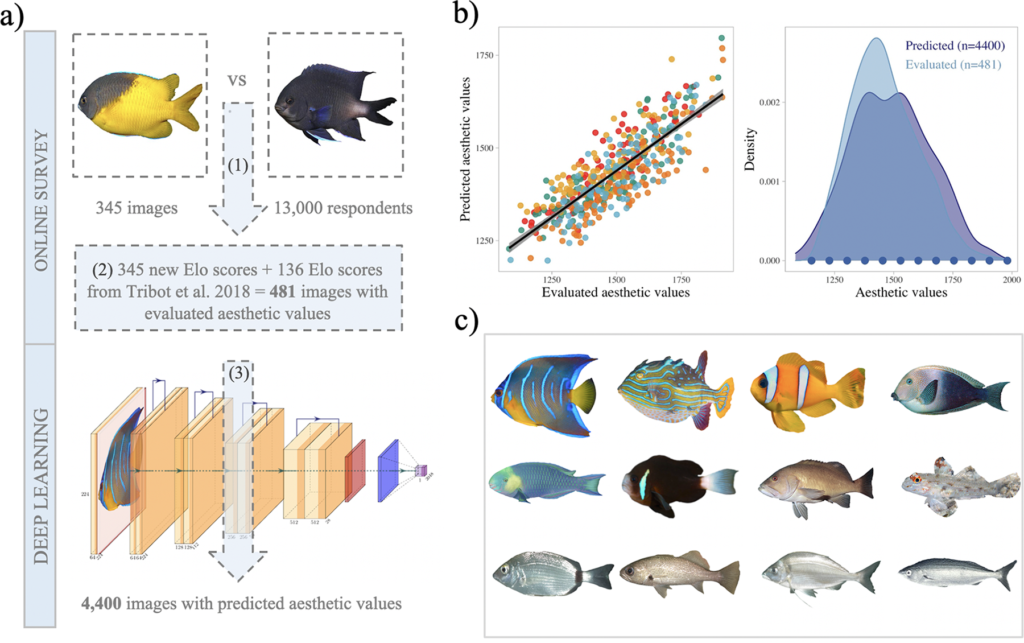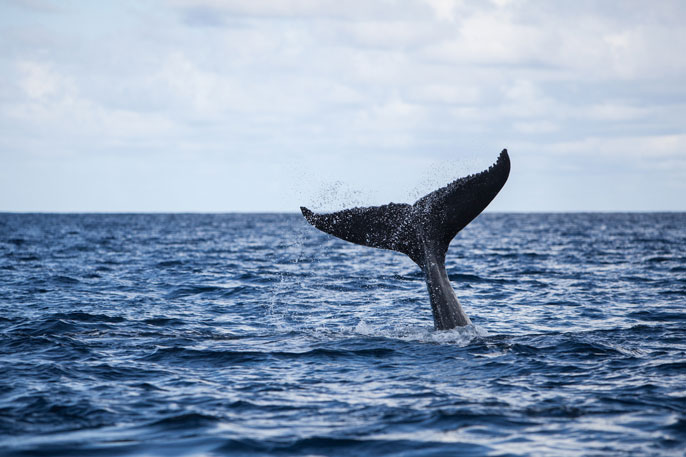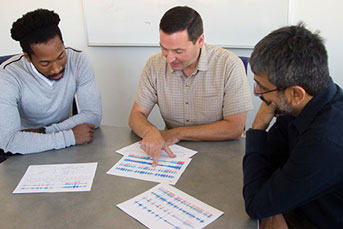I got this invitation from a professor at the University of Montpellier (Université de Montpellier, France) in a February 1, 2024 email (the project ‘Wild river battle’ is being run by scientists at ETH Zurich [Swiss Federal Institute of Technology in Zürich]) ,
Dear all,
I hope this message finds you well. I am reaching out to share an exciting opportunity for all of us to contribute to the safeguarding of wild rivers worldwide.
We are launching a Citizen Science project in collaboration with Citizen Science Zurich, utilizing AI and satellite imagery to assess and protect the natural state of rivers on a global scale. Whether you have a passion for river conservation or simply wish to contribute to a meaningful cause, we invite you to join us in this impactful game.
To access the game, please follow this link https://lab.citizenscience.ch/en/project/769
It only takes 3-5 minutes, and the rules are simple: click on the riverscape that you find the wildest (you can also use the buttons under the images).
Thank you very much for your time in advance, and I look forward to witnessing our collective efforts make a positive impact for the conservation of our precious rivers. And we are open to receive any feedback by mail (shzong@ethz.ch) and willing to provide more information for those who are interested (https://ele.ethz.ch/research/technology-modelling/citizen-river.html).
Best regards and have fun!
Nicolas Mouquet
Scientific director of the Centre for the Synthesis
and Analysis of Biodiversity (CESAB)
5 Rue de l’École de Médecine
34000, Montpellier
I went looking for more information as per Mouquet`s email (https://ele.ethz.ch/research/technology-modelling/citizen-river.html) and found this,
Finding wild rivers with AI
A citizen science project combining AI and satellite images to evaluate rivers’ wildness.
Wild rivers are an invaluable resource that play a vital role in maintaining healthy ecosystems and supporting biodiversity. Rivers of high ecological integrity provide habitat for a wide variety of plant and animal species, and their free-flowing waters provide a large number of services such as freshwater, supporting the needs of local communities. Protecting wild rivers is essential to ensure long-term global health, and it is our responsibility to develop management schemes to preserve these precious habitats for future generations.
Wild stretches, supporting the highest levels of biodiversity, are disappearing globally at an extremely fast rate. Deforestation, mining, pollution, booming hydropower dams and other human infrastructures are built or planned on large rivers. The increasing pressure of human activities has been causing a rapid decline of biodiversity and ecological function. We should act now to protect the rivers and be guided by the current state of rivers to identify unprotected areas that are worth being included in conservation plans. However, there is still no map of global wild river segments which could support such global conservation planning, nor a tool to monitor the wilderness of rivers over time under global changes.How we find wild rivers, evaluate their wildness, and why we need your help
We will evaluate the level of wildness of river sections from satellite images. Remote sensing is the most efficient method for monitoring the landscape on a global and dynamic scale. Satellite images contain valuable information about the river’s course, width, depth, shape and surrounding landscape, which allow us to assess how wild they are visually.
You and other citizen scientists can help us score the wildest river sections from satellite images. Using the ranking from citizen scientists, we will run a ranking algorithm to give each image a wildness score depending on the many pairwise comparisons. These images with a wilderness score will act as a training dataset for a machine learning algorithm which will be trained to automatically score any large river segment, globally. With an accurate river wildness model, we will be able to quickly assess the wildness of the global river sections. Using such a tool, we can for instance find the river sections that are still worth protecting. This pristine river map will provide invaluable insights for conservation initiatives and enable targeted actions to safeguard and restore the remaining pristine rivers and monitor the trajectories of rivers around the world.How to do it?
Rivers will first be segmented into river sections with the surrounding environment as a whole landscape bounding box. The river sections will be identified by citizen scientists and your interpretation to form a reference dataset. The game (you can click the corresponding language to access it with different language versions. English, French, German, Spanish, Chinese) is easy (thanks to Citizen Science Zurich); you just have to click on the riverscape you find more wild, or click the button under the rivers. For mobile users, please use the buttons.
…
Before you get started there will be this,
Your participation in the study is voluntary.
Statement of consent
By participating in the study, I confirm that I:
* have heard/read and understood the study information.
* had enough time to decide on my participation in the study.
* voluntarily participate in the study and agree to my personal data being used as described below.Participants’ information will be handled with the utmost confidentiality. All data collected, including but not limited to demographic details, responses to survey questions, and any other pertinent information, will be securely stored and accessible only to authorized personnel involved in the research. Your personal identity will be kept strictly confidential, and any published results will be presented in aggregate form, ensuring that individual participants cannot be identified. Furthermore, your data will not be shared with any third parties and will only be used for the specific research purposes outlined in the introduction page prior to participating in the study.
I fund this description of the researchers and contributors (from https://lab.citizenscience.ch/en/project/769 or ‘Wild river battle’)
…
Who is behind
We are ecologists at ETH Zurich that are foucusing on biodiversity monitoring in the large river corridors. Learn more about us from our homepage. Chair of Ecosystems and Landscape Evolution
Who contributes
All the people that have interest in protecting wild rivers can participate this project, and of course non-governmental organizations (NGOs) and river management bureau like CNR (Compagnie Nationale du Rhône) also showed great interests in this project.
…
Should you be inspired to do more, Citizen Science Zurich lists a number of projects (ranging from the Hair SALON project to FELIDAE: Finding Elusive Links by Tracking Diet of Cats in Environment to more) on this page. It’s a mixed listing of those that are completed or looking for participants and/or looking for financial resources.
There is also a Citizen Science Portal (a Canadian federal government project) that was last updated January 15, 2024. Some of the projects are national in scope while others are provincial in scope.


